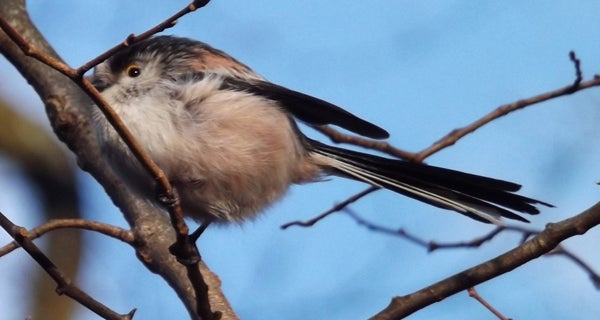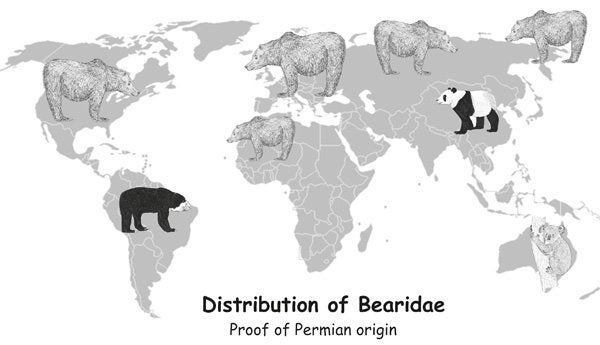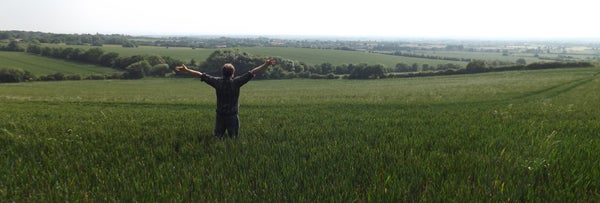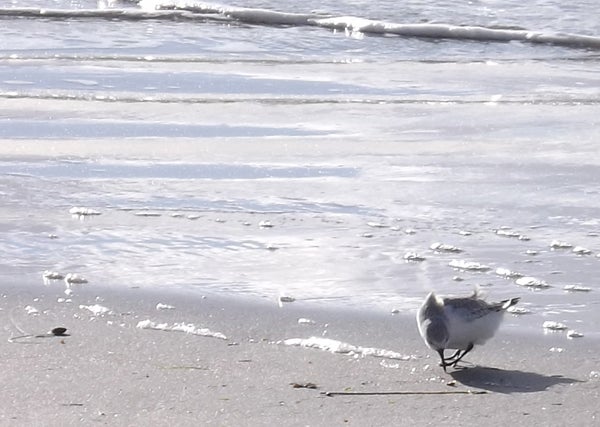This article was published in Scientific American’s former blog network and reflects the views of the author, not necessarily those of Scientific American
On July 5th 2011, the blog Tetrapod Zoology – known vernacularly to many of its readers as Tet Zoo – joined a new blogging collective at Scientific American (SciAm from hereon). SciAm is a fantastic brand to work for, and I’ve had seven fun, productive years publishing my articles here. But I’m not a good fit, and it’s time to shut up shop and move elsewhere.

Aegithalos gives side-eye. Credit: Darren Naish
Before I say the final goodbye, I want to remind you of what I (and various friends and colleagues) regard as among the most interesting and worthy of ver 3 articles…
On supporting science journalism
If you're enjoying this article, consider supporting our award-winning journalism by subscribing. By purchasing a subscription you are helping to ensure the future of impactful stories about the discoveries and ideas shaping our world today.
The Cadborosaurus Wars, April 2012. A debate about Pacific mega-serpents raged in 2012, and it rages still. Nevertheless, it saddens me that one of the main protagonists in this debate – Ed Bousfield – is no longer with us. Thanks to James Pascoe for nominating this article.
Why the world has to ignore ReptileEvolution.com, July 2012. Independent palaeontological researcher David Peters could be a force for good. But no, he chooses to pollute the internet with a vast number of utterly unreliable, flawed and weird interpretations of fossils and his vitriolic, conspiratorial, pseudoscientific writings on phylogeny and anatomy. His stuff looks good enough that it’s routinely used by students and inexperienced researchers, and this was my main effort to minimise the damage. It did help, even though Peters continues his unstinting efforts. Thanks to Fer Castano for nominating this one.
Welcome to the Squamozoic!, April 2013. A volley in speculative zoology – and the start of a long-running project.
Taxonomic vandalism and the Raymond Hoser problem, June 2013. Amateurs are great. Herpetology is great. But the idea of an amateur herpetologist who publishes publishes publishes in a self-published ‘journal’, and is naming alleged new taxa at a rate about 100 times greater than those who are doing the work carefully and properly? Alarm bells should be ringing, and this isn’t even half of the story...
Quetzalcoatlus: the evil, pin-headed, toothy nightmare monster that wants to eat your soul, August 2013. The Palaeoart Memes things comes to Tet Zoo ver 3, and this article specifically covers the story surrounding a weird azhdarchid-themed meme. There’s still neat stuff to say on early artwork depicting this animal...
Ratites in trees: the evolution of ostriches and kin, and the repeated evolution of flightlessness (ratite evolution part II), May 2014. Zach Miller reminds me that this was especially memorable because of its comments -- despite all the complaints about SciAm being terrible for comments, people overcame their shyness on this one occasion and went nuts, all thanks to the panbiogeographers. 661 comments. 661.
Piltdown Man and the Dualist Contention, October 2015. Piltdown Man was NOT “accepted with open arms by the scientific establishment” as creationists and other anti-science types like to tell us. Many respected, experienced workers on fossil primates were suspicious of it from the start, a story not as familiar as it should be. Albert Chen recommended this one as a favourite (and, err, about another 30 ver 3 articles: Albert previously produced this article on Tet Zoo highlights 2006-2011, so he has form).
Bears in the Permian, April 2016. This was AN APRIL FOOLS ARTICLE. But it’s the direct descendant of what happened in the ratite article listed above. Such fun. April Fools articles, incidentally, are no longer a thing at Tet Zoo. Why? Because Fake New is a real problem, that’s why. Thanks to David Steen for turning me around on this issue.
Books That Influenced Me The Most, April 2017. I’m told that this article did a good job of reminding people how important (and, hopefully, interesting) it is to document those things that inspired you during your formative years.
The Scientific Palaeoart of Dr Mark Witton, March 2018. At least one person thought that this was The Best Tet Zoo Article EVAH. Ha ha, I kid, I kid.

The wide distribution of bears: clear proof of Permian origins. Credit: Darren Naish
I want to thank the several members of SciAm staff, past and present, who helped set things up here, and who assisted me and dealt with issues and queries. I also want to thank readers, visitors and commenters, especially those who provided advice, support and information, and those who jumped through the necessary hoops to leave comments. Tet Zoo ver 3 had less of a ‘community’ feel to it than ver 2 – partly this is because the internet has changed relative to what it was like in 2007-2011, but it’s also because interacting on the site here was (and is) so difficult.

Credit: Darren Naish
Anyway, that’s it. What next? Go here.

The Sanderling on the mostly empty beach. Credit: Darren Naish